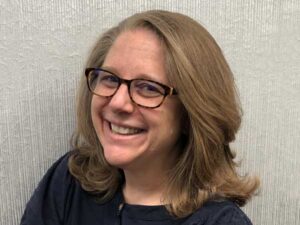Governments respond differently to crises which threaten the health of their citizens. For example, during the current SARS-CoV-2 pandemic, some countries instituted an immediate lockdown whilst others have not restricted social activities, or have done so too late to be maximally effective.
While the National Clinical Trials Network (NCTN) groups remain open for business during the pandemic, it’s not business as usual. For good reason, clinical trials are taking a backseat to clinical care. Leadership and members themselves face significant challenges treating oncology patients, as attention and resources are diverted to minister to those with COVID-19.
This story is part of The Cancer Letter's ongoing coverage of COVID-19's impact on oncology. A full list of our coverage, as well as the latest meeting cancellations, is available here.
On a recent call with directors of cancer centers, NCI Director Ned Sharpless reminded us that quarantines present opportunities for scientists to think deeply.
As the crisis triggered by the COVID-19 pandemic deepens, the two separate, unequal societies that make up the United States of America are equally frightened, bewildered, and unsure of what comes next.
The worldwide spread of the coronavirus (COVID-19) presents unprecedented challenges to the cancer care delivery system.
This story is part of The Cancer Letter's ongoing coverage of COVID-19's impact on oncology. A full list of our coverage, as well as the latest meeting cancellations, is available here.As COVID-19 has now officially been declared a source of the pandemic, with increasing incidence across the nation, it is without question that the needs of patients with particular vulnerabilities should garner particular attention.
When the Lung-MAP trial was launched in June 2014, the goal was simple: Make drug development faster and more collaborative—and do it for lung cancer, the leading cause of cancer death in the United States.This is a formidable challenge. Cancer trials were, and remain, notoriously time-consuming to launch, expensive to run, and difficult to enroll patients to. A deeper understanding of cancer biology and the genomics revolution in medicine have changed how we approach clinical research.When the Lung-MAP trial was launched in June 2014, the goal was simple: Make drug development faster and more collaborative—and do it for lung cancer, the leading cause of cancer death in the United States.
As I look through just-published tables of age-adjusted cancer mortality, I recognize an unprecedented development:
The ink hadn't dried on the headline of the lead story in the Dec. 29 issue of The New York Times when on Jan. 2 HHS Secretary Alex Azar and newly arrived FDA Commissioner Stephen M. Hahn made the following announcement:















